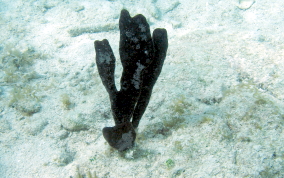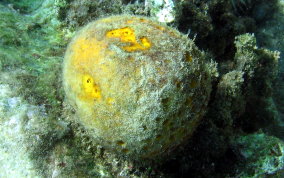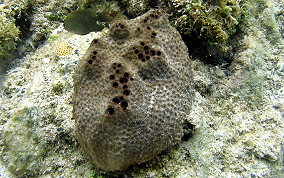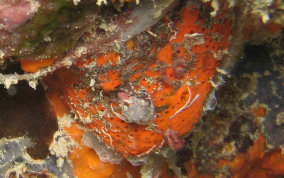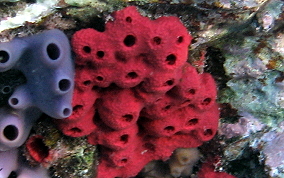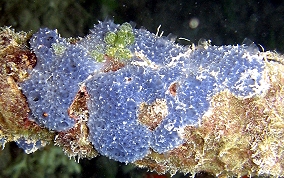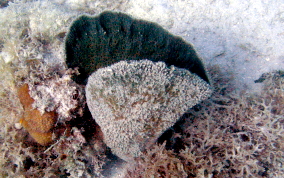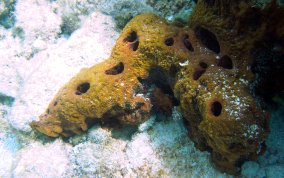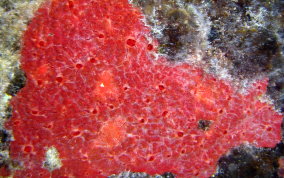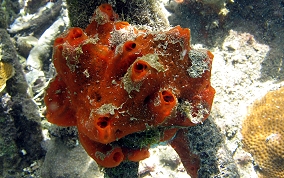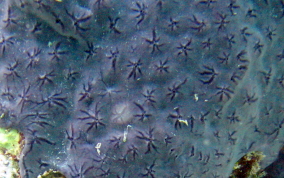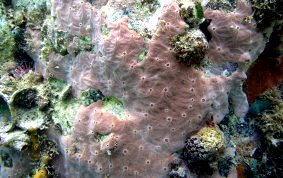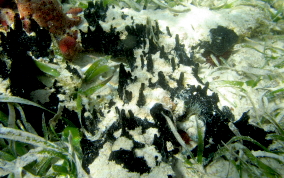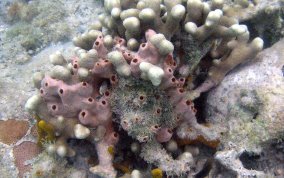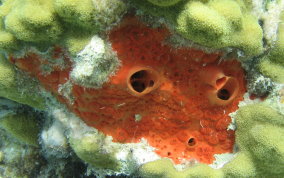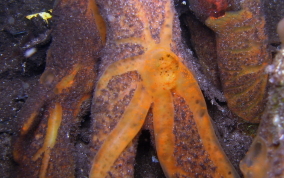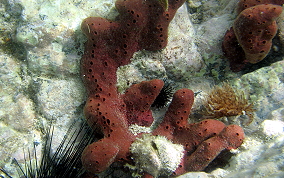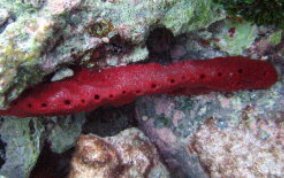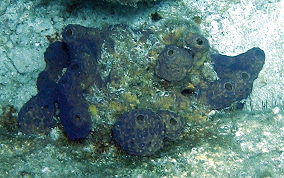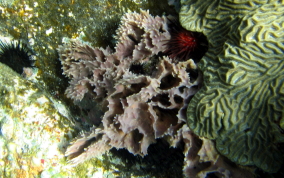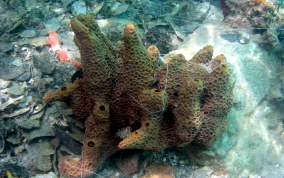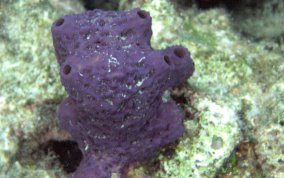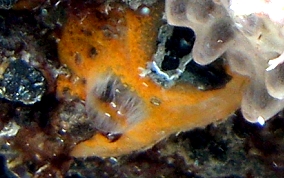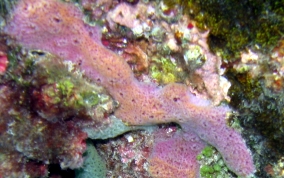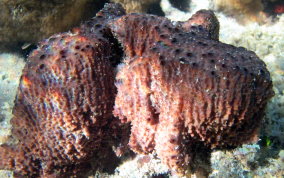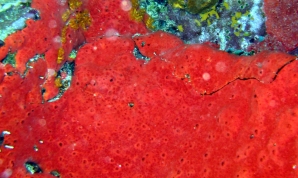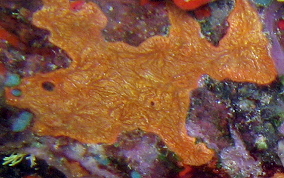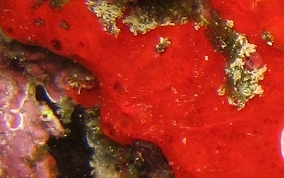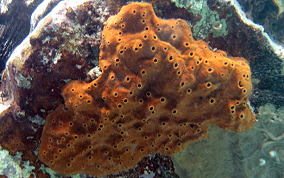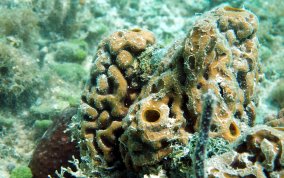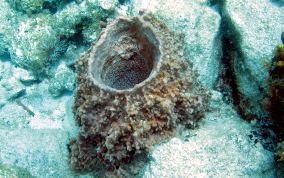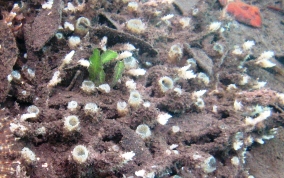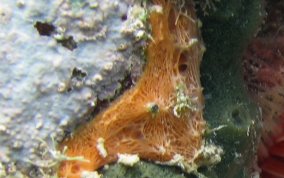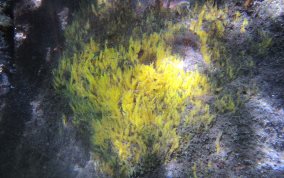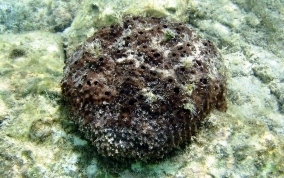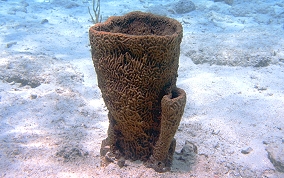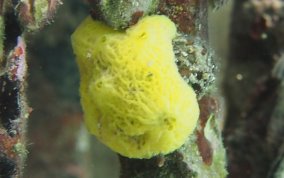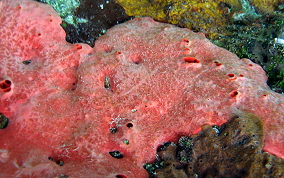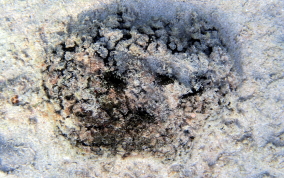SPONGES IDENTIFICATION
Sponges are
difficult creatures to
categorize.
There are tube sponges and branching tube sponges, there are vase sponges and vase sponges that branch. There are rope sponges with scattered pores or rowed pores that stand erect or lay on the sea floor and also "branch".
There are round sponges that are black, brown or orange, but aren't called ball sponges. There are star encrusting sponges, lumpy sponges, pitted sponges, boring,
and encrusting sponges.
Therefore the first species are those that are easily identified because they
consistently grow in the same shape or pattern and typically are called what they always look like. For example, the Orange Ball sponge always looks like an orange
ball and as far as anyone knows, no other sponge looks like an Orange
Ball Sponge. The rest will be grouped together by color
and/or their most prominent feature.
In the
Caribbean, the diversity and abundance of coral reef
sponges exceeds that of reef-building corals. An
increasing awareness of the importance of sponges on
coral reefs and the study of their importance is
underway.
Some IDs may be right, some wrong. I'm working on collecting more information of various species.
In addition to corals being in jeopardy of disappearing because of habitat stresses, so are the sponges. Because they are living creatures that evolved to exist in a specific region of temperature and water chemistry, they too are affected by the changes happening in the coral reef systems.
